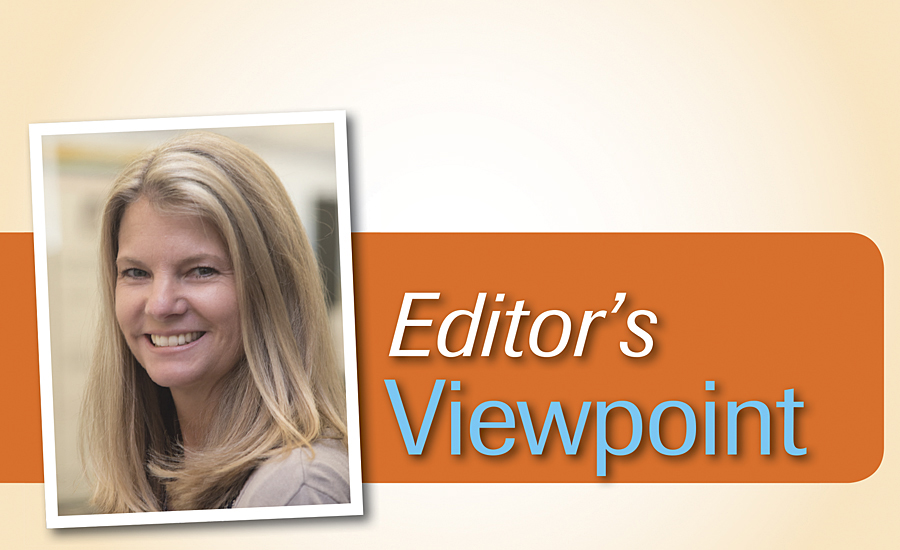Overlapping Challenges for Automotive and Aerospace Coatings

I recently had the pleasure of attending the 43rd Annual Future of Coatings Under Study (FOCUS) Conference in Troy, Michigan. Organized by the Detroit Society for Coatings Technology (DSCT), this one-day event is always exciting and full of new ideas. This year was FOCUS’ largest event to date, with 320 attendees, 18 exhibitors, 16 student technical posters and six automotive design posters from Detroit’s Center for Creative Studies. This is the second year in a row that FOCUS has topped 300 attendees, prompting the DSCT to change the venue for next year in order to host this growing event.
As a Detroit-based event, FOCUS always centers on automotive coatings. Presentations this year included talks from Ford Motor Co., General Motors Co., PPG, Axalta Coatings, Eastman Chemical Co., BASF Corp., BYK, Evonik, Durr Systems, Inc., Covestro, the University of Kentucky and California Polytechnic State University. They addressed topics such as color development, measuring what the customer values in terms of color, corrosion protection for lightweight vehicle construction, scratch and mar of automotive clearcoats, hybrid resins for high-solids topcoats, and innovative automotive body curing from the inside-out, to name a few.
Although the event’s focus was on automotive coatings, the keynote address brought an aerospace perspective. Jill Seebergh, Senior Technical Fellow at The Boeing Co., discussed technologies and challenges for exterior painting of commercial airplanes. Recognizing that there are likely overlaps in challenges between the aerospace and automotive coatings industries, Seebergh addressed several coatings challenges Boeing has faced in recent years, how they have overcome them, and some lessons learned during the process.
For example, in the push to replace hexavalent chromium, the aerospace industry took a very conservative approach, as safety and performance are a top priority. Any nonchromated materials used would need to maintain the same performance level as chromated materials. They also wanted a drop-in replacement. Through its research and testing, Boeing learned that a combination of standard and cyclic tests works best, and that just doing outdoor exposure tests at their location wasn’t sufficient; they needed to do global testing. They also learned valuable lessons in how surface prep affects corrosion performance. Seebergh acknowledged that these lessons may seem obvious to the coatings experts in the audience, but they were not for her company when they began the process. Boeing’s planes now have a nonchromated exterior.
Another challenge was the airliner’s new model – the 787. With this new design the company went from an aluminum structure to one that is primarily composite. This created new demands in terms of painting (and re-painting) the aircraft since they could no longer use chemical strippers. Boeing came up with a selectively strippable system, which leaves the primer intact and just removes the outer topcoats in order to protect the composite skin. This also eliminates the need for any sanding.
In terms of paint durability, Boeing was receiving complaints of “rivet rash” (which occurs when paint delaminates from the rivets), as well as quick loss of gloss and color shift. These issues are problematic for airlines since their paint colors and designs are a huge part of their identity. To solve the rivet rash issue, Boeing replaced their existing technology with a sol-gel and saw much better adhesion. And they were able to fix the gloss and color shift issues by switching from a monocoat to a basecoat/clearcoat system.
A final challenge they have been working on is anticontamination coatings in order to improve fuel efficiency. By preventing insects from building up on the fuselage, airlines can realize greater fuel efficiency.
In terms of the future, the aerospace industry will be delivering 41,000 new airplanes by 2036. The industry will be looking for anti-icing coatings, coatings that are easily cleanable and that can offer differentiation in branding. With these production rates, they will also need automation. Currently, all Boeing planes are prepped and painted manually, a process that takes three to 10 days, depending on the number of colors being used and the amount of masking required.
Congratulations to the FOCUS organizers on a very successful event! Next year, FOCUS will be held May 9 at The Inn at St. John’s in Plymouth, Michigan.

